Ripchar Valley : A Tapestry of Pristine Beauty and Timeless Culture
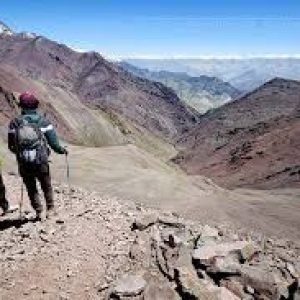

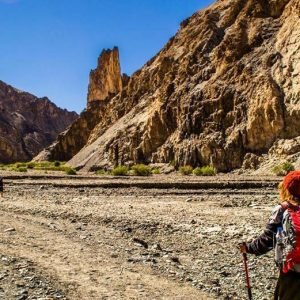
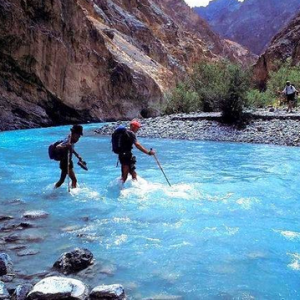
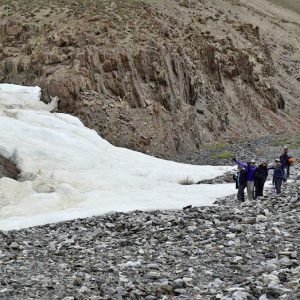
Table of Contents
Toggle1. Introduction
Ripchar Valley is among those few hidden treasures of Ladakh, which stand famous for their rugged landscapes, towering peaks and rich cultural history. Lying northwest of Leh, the valley is renowned for its virgin beauty, typical Ladakhi villages and a prime trekking destination. Less known compared to some of the more frequented valleys, Ripchar offers an off-the-beaten-path experience to travelers, full of serene natural surroundings and an immediate connect with the heritage of Ladakh.
In this guide, we will be covering geography and location, history, trekking routes, cultural significance, biodiversity, and finally, practical information on how to visit Ripchar Valley.
2. Geography and Location
Ripchar Valley is located in the Kargil district of Ladakh region, in fact, it lies between the greater Indus Valley and mountain ranges of Zanskar. The valley falls in the Sham region of Ladakh, which further lies northwestward of the capital Leh. The landscape consists of undulating mountains, vast plateaus, river valleys, and breathtaking villages.
It ranges from 3,500 to 4,200 meters i.e. 11,500 to 13,780 feet. Some of the major landmarks of this valley are the high-altitude passes like Singge La, dramatic rock formations and crystal clear streams feeding into the valley.
3. Climate and Best Time to Visit
Ripchar Valley has typical Ladakhi weather, with rigorous cold winters and mild summer seasons.
a. Winter: The winter starts in November and lasts till March, it is really very cold and often drops below -15 C° at night, the passage to the valley can be blocked due to the heavy snowfall, which really makes trekking very difficult.
b. Spring: Spring is from April to June, the snow starts melting and the valley grows wildflowers during this season, that is most suitable for trekking. During the daytime, it is cool with a temperature varying between 5° C to 15° C.
c. Summer: From July to September, the temperatures range from 10°C to 20°C, hence, this is the best time to trek in this valley. Though the rains hardly reach Ladakh during the monsoon season, short showers are not denied.
d. Autumn: The autumn transforms the valley into gold with its fall foliage but is an awfully cold time since temperatures decrease very fast.
The best time for going trekking or for sightseeing at Ripchar Valley starts from June till September.
4. Historical Significance
Much of Ladakh, including Ripchar Valley, has deep-rooted historical significance, for instance, this region was a trade route between Central Asia and the Indian subcontinent. This valley has been an important crossroad point in history, either traders or pilgrims, or it be any army, especially that moving between Tibet and the Indian plains.
a. Ancient Trading Routes: Like its other surrounding regions in Ladakh, it formed part of the trade network of the Silk Route, which made their way through Zanskar and connected traders across Yarkand and Kashgar to the rest of the Indian subcontinent.
b. Monasteries and Buddhism: The valleys in Ladakh, such as that of Ripchar, were also made a center for Tibetan Buddhism starting in the 10th century. Ripchar valley is pretty close to famous monasteries like Lamayuru and Alchi, which make its grounds so rich in Buddhist culture.
5. Cultural Significance and Villages
Ripchar Valley hosts a few quintessential Ladakhi villages. The villages are typified by local architecture in the form of mud brick houses with flat roofs, while the people are mainly agrarian, based on subsistence farming.
a. Types of Farming: The villagers grow crops like barley, wheat and vegetables, which are suited to Ladakh’s high-altitude and arid climate. The region is irrigated through traditional channels (yuras) fed by glacial meltwater.
b. Festivals: The culture of the valley is attached to Tibetan Buddhism. Events such as Losar, the Tibetan New Year and Hemis Tsechu are celebrated with gusto by the people in the form of masked dances, religious rituals and community feasts.
c. Villages: Basic villages in the Ripchar Valley include Wanla, Hinju and Sumda Chenmo. These villages still go about their lives as in times of yore and welcome trekkers in homestays. The villages are inextricably linked with stupas, prayer flags and ancient chortens and offer an experience as truly Ladakhi.
6. Ripchar Valley Trek
Ripchar Valley has slowly gained popularity amongst trekkers for its difficult terrain and remote passes offering spectacular views of surrounding mountains.
a. Popular Trekking Routes
i. Ripchar Valley Trek (Lamayuru to Chilling Trek)
Duration: 5–6 days
Starting Point: Lamayuru Monastery
Ending Point: Chilling (on the banks of the Zanskar River)
Trek Grade: Moderate to Challenging
Highlights:
i. Begin the trek at the historic and very important monastery at Lamayuru.
ii. Cross two big passes, namely Prinkiti La, which is 3725 m, and Singge La, which is 5009 m.
iii. Remotest, beautiful Ladakhi villages such as Wanla, Hinju, and Sumda Chenmo will be visited.
iv. Panoramic views of the Zanskar and Stok ranges.
v. Opportunities of interacting with villagers and their hospitality through homestays.
This is an in-depth exploration trek of the valley for its dramatic scenery, high passes and serene villages. Isolation of Ripchar Valley makes this trek as one of the most peaceful treks in Ladakh.
ii. Sumda Chenmo Trek
Duration: 3–4 days
Starting Point: Sumda Chenmo village
Ending Point: Lamayuru or Wanla
Trekking Grade: Moderate
Highlights:
i. Trek through stunning green pastures and along glacial streams.
ii. Catch a glimpse of ancient rock carvings and statues in Sumda Chenmo, dating back all the way to the 11th century.
iii. Be soaked in local culture and be treated with grand views of barren yet splendid landscape.
This shorter trek is perfect for those looking for a somewhat easy trek amidst the riveting landscapes of Ripchar Valley.
b. Important Trekking Tips
i. Acclimatization: The altitude of Ripchar Valley is sufficiently high to require one or two days around Leh at 3,500 m to acclimatize before starting the trek.
ii. Permits: For all routes in Ladakh, excluding a few, no permits are required for Indian citizens, however, for foreign visitors, Inner Line Permit in Leh may be required for the same area.
iii. Guides and Porters: Although the trails are fairly well-marked, it is worthwhile hiring a local guide, not only for finding your way across high passes but also in case of an emergency. The guides will help in arranging for porters, who will be needed to carry heavy gear, which may be necessary on the trek.
c. Things you will want to put in your pack
i. Warm-weather clothing, as it gets cold at night even during summertime.
ii. Quality, waterproof trekking boots are recommended.
iii. A good tent and sleeping bag (cold-weather rated).
iv. Water purification tablets or portable filter, as sources of fresh water exist, though not all are clean
v. Sun protection i.e hat, shades and sunscreen, very important as the exposure to UV is extreme at altitude
7. Flora and Fauna
Ripchar Valley has a lot of biodiversity, although it is high altitude and arid in nature. It falls within Ladakh’s high desert region, only the hardiest plants and animals can survive here.
a. Flora
The valley has a covering of high altitude pastures of hardy grasses, wildflowers and small shrubs. During summer, the valley bursts into a spectacular display of alpine flowers: among a variety of color, blue poppies, edelweiss and gentians adorn the valley.
Traditional medicinal plants found in the valley have long been used by locals in Tibetan medicine, these include Rhodiola, thought to combat altitude sickness and enhance stamina.
b. Fauna
i. Mammals: Rare animals that inhabit this valley include the Snow Leopard, Himalayan Blue Sheep (Bharal), Red Fox and the Himalayan Marmot. Hardly anyone sights the elusive snow leopard, the region is part of their known habitat.
ii. Birdlife: Bird lovers may glimpse the following i.e the Golden Eagle, Himalayan Griffon, Lammergeier also known as Bearded Vulture, and species of finches and buntings.
iii. Yaks and Sheep: A host of domesticated yaks and sheep are a common sight in the pastures of the valley, taken care of by the local herders.
8. Monasteries and Spiritual Significance
Ladakh is identified with Tibetan Buddhism and Ripchar Valley is no different. The area has monasteries, prayer wheels and chortens dotted all around it, hence being a spiritual hotbed.
a. Lamayuru Monastery: This is one of the oldest and largest monasteries in Ladakh and forms one of the starting points of a lot of treks in Ripchar Valley. The monastery is known for its dramatic location on top of a cliff and its religious significance due to being a center of the Drikung Kagyu order of Tibetan Buddhism.
b. Wanla Monastery: This small monastery is located in the village of Wanla and dates back to the 12th century. It contains great murals and statues of different Buddhist deities.
c. Prayer Flags and Chortens: Colorful prayer flags flutter in the gentle wind to chortens that dot the entire valley. These are symbolic of the spiritual heritage of the valley and a reminder of the deep connection that the people of Ripchar have with their Buddhist faith.
9. Accommodation
Ripchar Valley is pretty remote and infrastructure for tourists is not so well developed. The villages in the valley will be able to offer real Ladakhi homestays by displaying traditional hospitality and giving a glimpse of the real life of the people there.
a. Homestays: These are ideal modes of accommodation in catching the essence of Ripchar Valley, one gets to stay with a local Ladakhi family. Many tourists often get treated to sumptuous, simple Ladakhi meals such as thukpa (a kind of noodle soup) and skyu (wheat-based dish), besides learning about customs and daily life.
b. Camping: The prevailing type of accommodation for trekkers. Indeed, it is easy to camp almost anywhere in the valley especially near riverbanks and high passes.
c. Monastery Guesthouses: The biggest monasteries of Lamayuru also offer basic tourist accommodation. It is really a cultural experience to spend a night at the monastery campus with an opportunity to join daily prayers and rituals.
10. Sustainability and Responsible Travel
Along with growing tourism to Ripchar Valley comes responsible travel, which is very much essential for the protection of such a fragile ecosystem and culture.
a. Leave No Trace: Trekkers and visitors should carry all wastes with them and try not to litter along the trails and in villages.
b. Respect Local Culture: Visitors should be modest in dressing, especially while visiting monasteries and villages. Photography should also be done respectfully, especially while photographing local people or any religious functions.
c. Support the Local Communities: Opt for home-stays, seek services of local guides and porters, and purchase local handicrafts from local artisans, all these go a long way to contribute to the local economy.
11. How to Reach Ripchar Valley
a. By Air
The closest airport to Ripchar Valley is at Kushok Bakula Rimpochee Airport in Leh. It has good connectivity with metropolitan cities like Delhi, Mumbai and Srinagar. From here it would take another 3-4 hours of driving to reach the starting point of treks in Ripchar Valley.
b. By Road
It is about 4-5 hours by road from Leh, the starting point of most of the popular treks. There are regular buses and shared taxis between Leh and Lamayuru.
Ripchar valley can also be reached from Srinagar via Srinagar-Leh highway. The drive via Zoji La pass and Dras is simply mesmerising.
c. Trekking Routes
For the true adventurer, different trek routes finally connect Ripchar Valley with the surrounding areas like Zanskar Valley and Markha Valley.
12. Conclusion
Ripchar Valley is considered one of Ladakh’s most tranquil and culturally rich destinations. From the pristine landscapes to towering mountain passes, from age-old monasteries to vibrant Ladakhi villages, Ripchar offers the traveler an opportunity to experience Ladakh in its most authentic form. Whether it is trekking through its rugged terrain, participating in local festivals, or simply soaking in the peaceful surroundings, Ripchar Valley is one destination that dares to leave an indelible mark on every visitor’s mind.
How to book a trip to Ripchar Valley, India with Charzan Holidays?
For a seamless and exceptional booking experience, contact Charzan Holidays at reservations@charzan.in or call us at +919622224473
Frequently Asked Questions
1. Where is Ripchar Valley located? | |
| Ripchar Valley is situated in the eastern region of Ladakh, India, near the town of Zanskar. | |
2. What is the best time to visit Ripchar Valley? | |
| The best time to visit is from June to September when the weather is mild and accessible for trekking and exploration. | |
3. How can I reach Ripchar Valley? | |
| You can reach Ripchar Valley by road from Leh, typically via Kargil and Zanskar Valley. Trekking is also an option for adventurous travelers. | |
4. What are the main attractions in Ripchar Valley? | |
| Key attractions include stunning landscapes, unique rock formations, traditional villages, and opportunities for trekking and photography. | |
5. Are there accommodations available in Ripchar Valley? | |
| Accommodation options are limited, but there are guesthouses and homestays in nearby villages, as well as camping facilities. | |
6. What activities can I do in Ripchar Valley? | |
| Activities include trekking, camping, photography, and experiencing the local culture and traditions. | |
7. Is there an entry fee to visit Ripchar Valley? | |
| Typically, there is no specific entry fee, but you may need permits for certain areas in Ladakh. | |
8. What is the altitude of Ripchar Valley? | |
| Ripchar Valley is located at a high altitude, approximately 3,500 meters (11,480 feet) above sea level. | |
9. Can I see wildlife in Ripchar Valley? | |
| Yes, the valley is home to various wildlife species, including birds and possibly some mammals, depending on the season. | |
10. Are guided tours available in Ripchar Valley? | |
| Yes, many travel agencies in Leh offer guided tours and treks to Ripchar Valley, providing insights into the local culture and ecology. | |
11. Is it safe to visit Ripchar Valley? | |
| Generally, it is safe, but visitors should be cautious of altitude sickness and travel with necessary supplies and guides. | |
12. What should I pack for a trip to Ripchar Valley? | |
| Pack warm clothing, trekking gear, sunscreen, water bottles, snacks, and a first aid kit, as amenities are limited. | |
13. Is public transport available to Ripchar Valley? | |
| Public transport options are limited; private taxis or organized tours are the best ways to access the valley. | |
14. What is the cultural significance of Ripchar Valley? | |
| Ripchar Valley is rich in cultural heritage, with traditional villages and practices that reflect the unique lifestyle of the local communities. | |
15. Can I camp in Ripchar Valley? | |
| Yes, camping is allowed in designated areas, providing a great way to experience the natural beauty of the valley. |


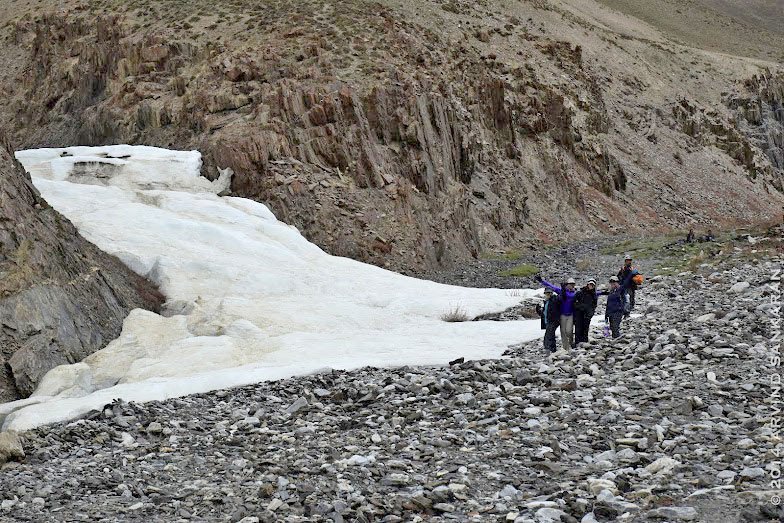
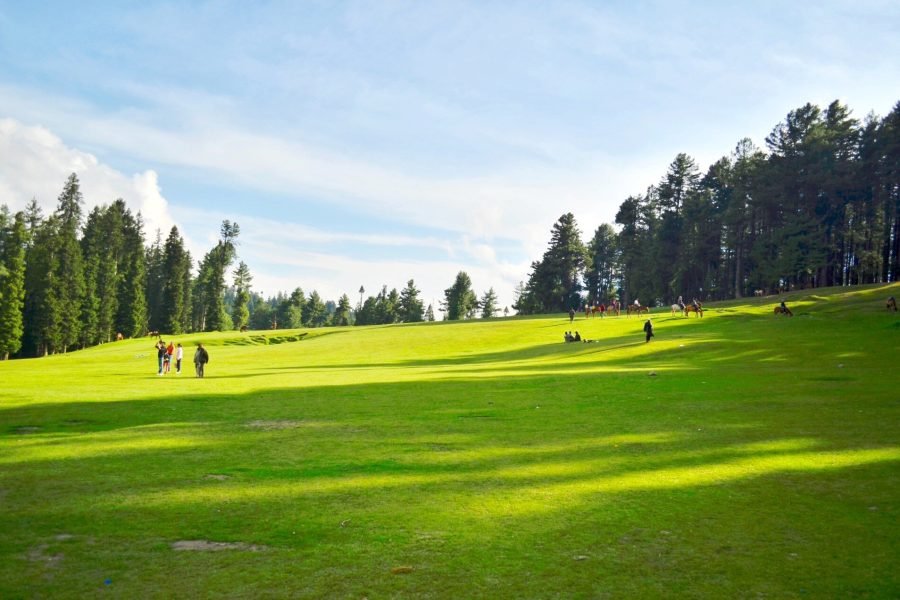
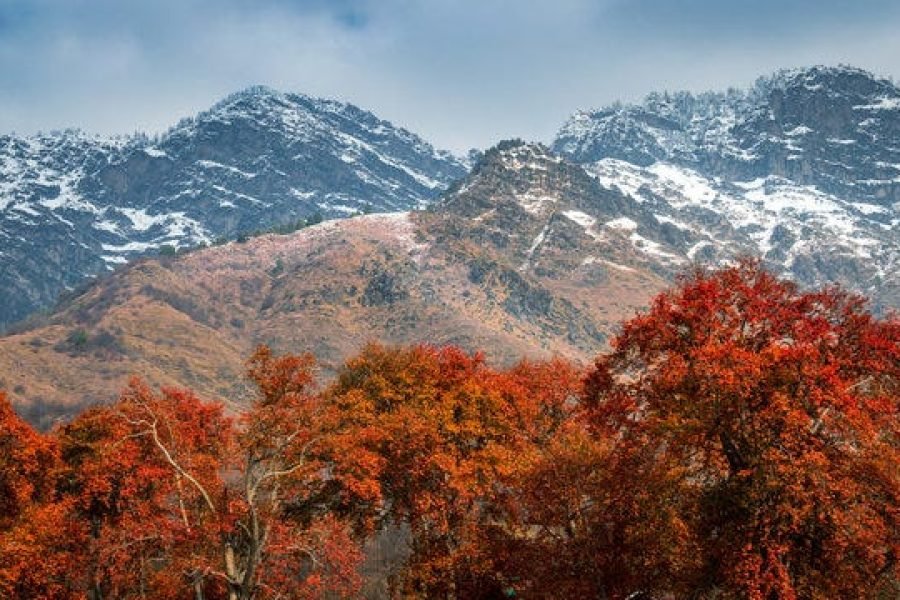
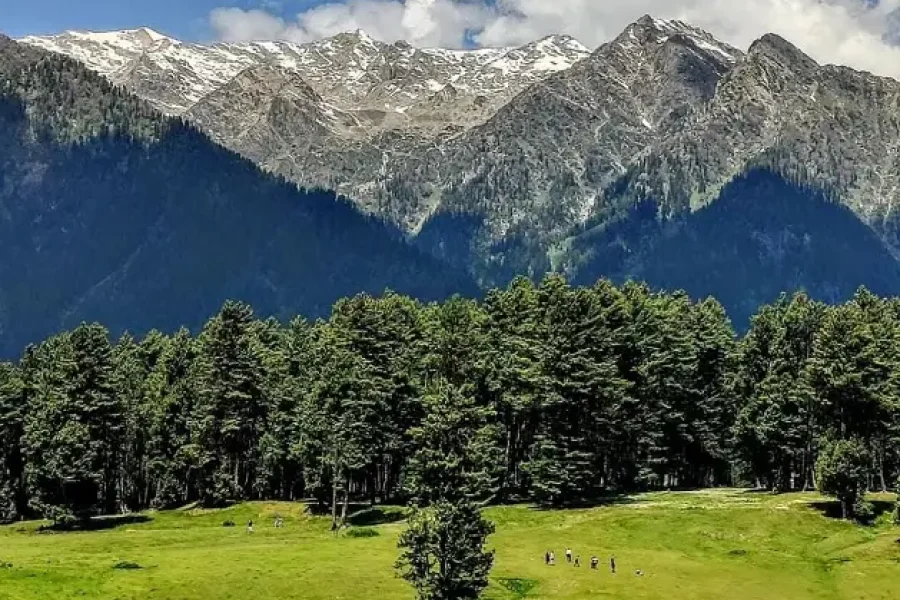
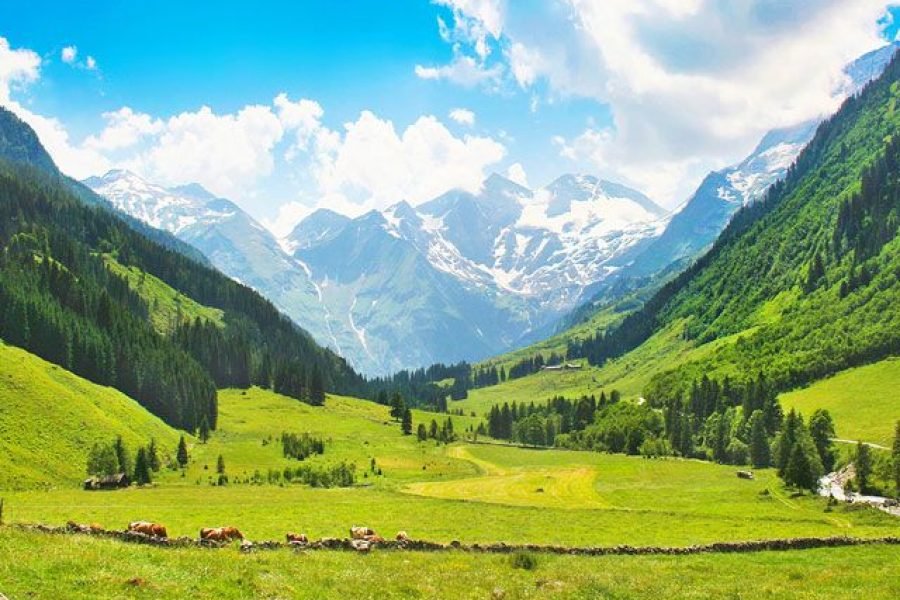
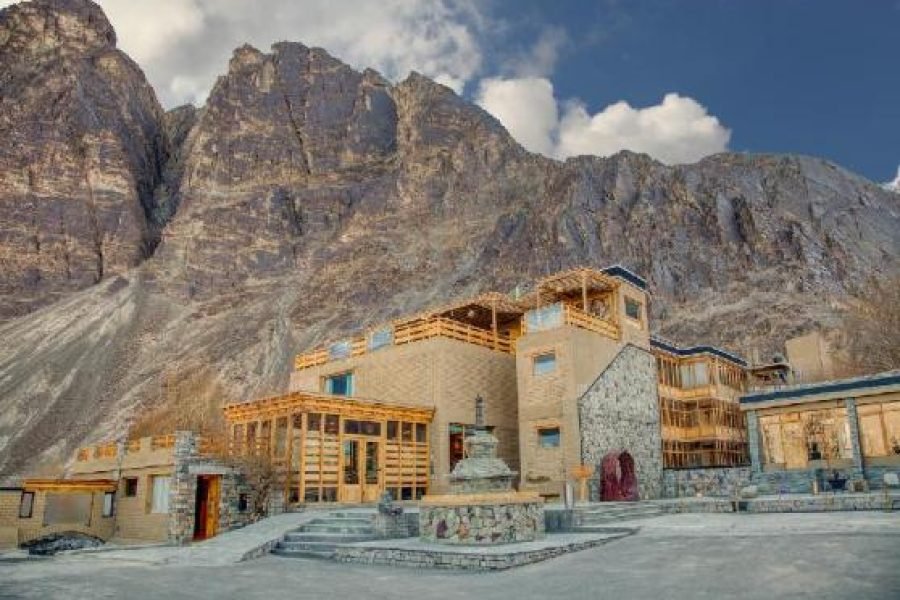

0 Comment